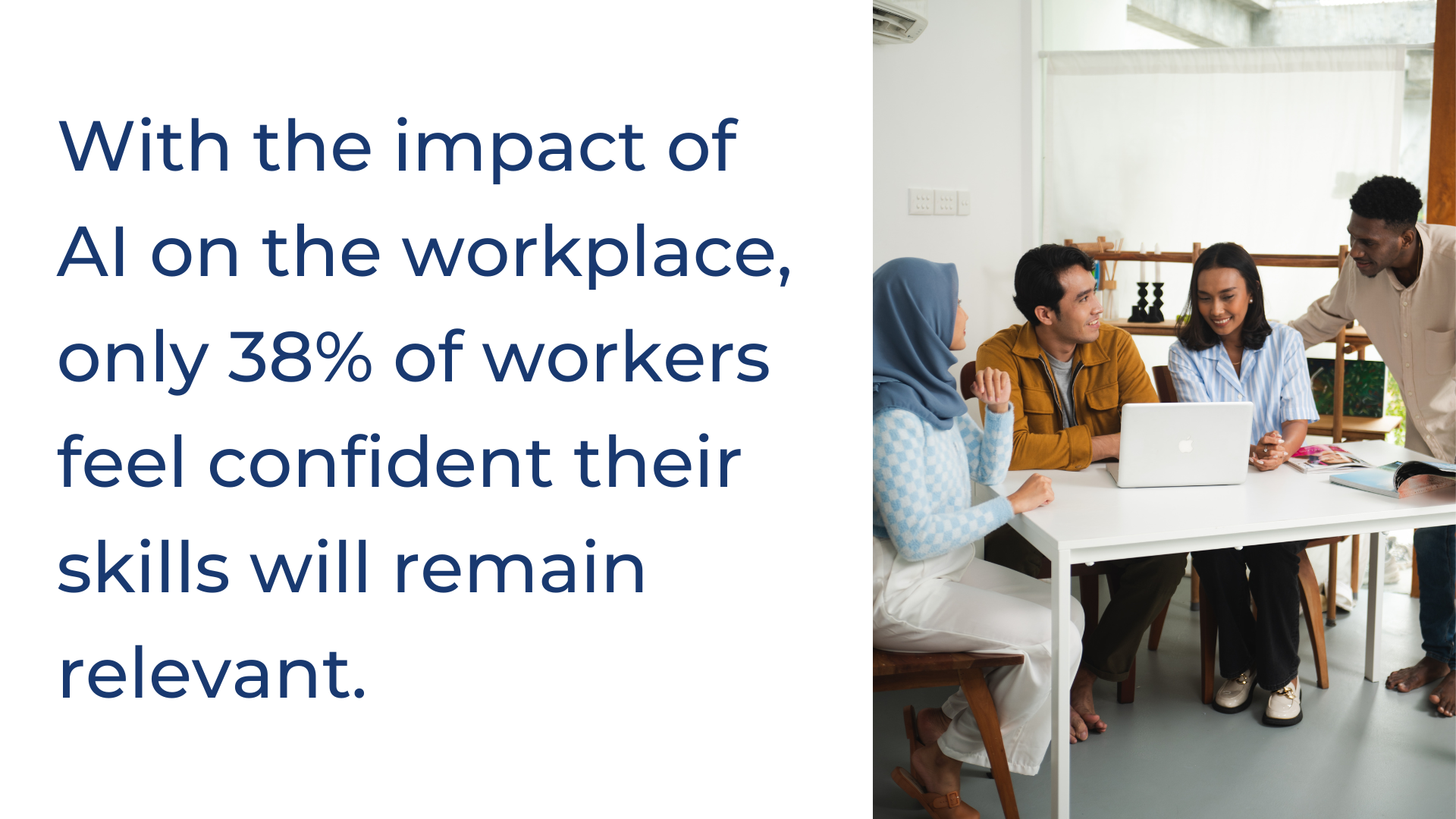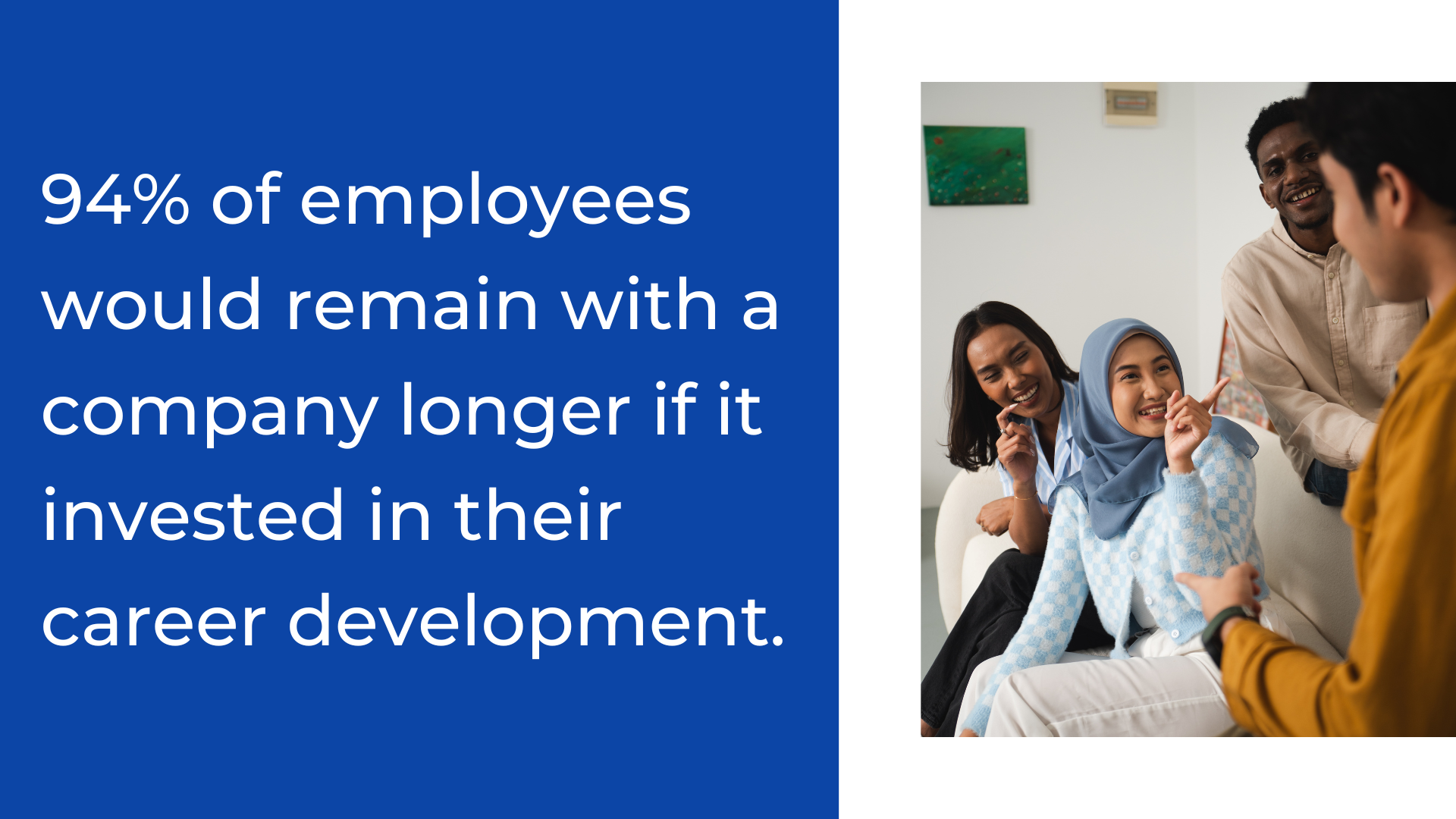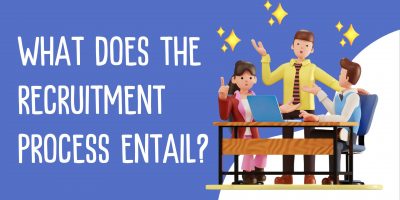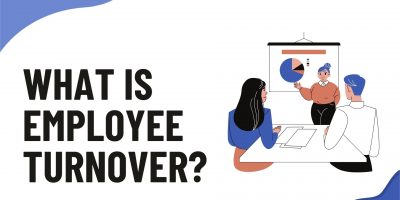
What is a Payroll Tax Holiday?
Explore the perks and potential concerns of payroll tax holiday and their significance for workers and companies.

Despite what the social media gurus might say, building a fulfilling career requires far more than just manifesting it.
While positivity and vision are a valuable part of the process, they’re simply the starting point in a complex journey.
In this article, we answer the following questions: What is career planning, and what does that process look like?
Whether you’re a student entering the workforce, a professional switching career paths, or looking for promotions, career planning helps you stay prepared, spot opportunities, and make smart choices instead of leaving your future to luck.
Where do you see yourself in five, ten, or even twenty years?
It may sound like a simple question, but career planning is more than just choosing a dream job.
So, what is career planning?
Career planning is the process of defining professional goals and mapping actionable steps to achieve them.
It’s about exploring opportunities, setting aspirations, and taking intentional steps to achieve them. Unlike quick career hacks or short-lived trends, real career planning requires self-reflection, strategy, and the flexibility to adapt as circumstances change.
While career path planning is often a personal journey, employers can play a key role in supporting it. From providing guidance to training programs and resources like career pathing software, employers usually offer support to help workers develop the skills and experience needed to achieve their career goals.
When organizations help employees see how their career goals align with internal opportunities and the company’s long-term vision, it creates a sense of purpose.
Career change statistics show that as many as 40% of people want to change careers but do not know what to do.
For many employees, career planning can feel overwhelming, especially if they’re uncertain about which path to take. But drifting along without direction can lead to frustration, missed opportunities, and lack of growth.
So, instead of viewing career planning as some fixed framework for every decade of your life, consider it a flexible guide that evolves with you. It is a dynamic process that equips you to navigate an ever-evolving job market.
That said, it’s just as important to remember that having a career plan doesn’t mean your future will be free of challenges – it simply helps turn ambiguity into action.

There’s no single approach to career planning.
Your strategy should reflect you – your ambitions, goals, and pace. For some, it may be a fully-fledged and detailed plan, while for others, it may be a flexible outline that adapts as time goes on.
However, most career plans are typically built on the same foundation with the following components.
Before making career decisions, it’s important to know yourself – your strengths, values, personality, and interests.
You can explore these aspects through personal reflection or structured assessments, such as:
The more you understand yourself, the easier it becomes to make the right career choices.
As the saying goes, “Find work you love, and you’ll never work a day in your life.”
While you will probably still have to go to work, choosing an occupation you are passionate about can certainly make career progression feel a lot less like a chore and more like an exciting venture.
So, once you have identified your strengths and aptitudes, the next step would be to research career options that match them.
Start by reviewing suggested roles and industries from career assessment tools or list key aspects you want in a job – such as the work environment, responsibilities, growth potential, and job stability.
When evaluating potential careers, it’s important to look not only inward but also outward and consider the broader factors at play that impact long-term success and stability.
Look at market demand—are there plenty of job opportunities, or is the field shrinking?
With AI models advancing rapidly, basic and even highly specialized tasks are being automated. If a job involves repetitive work, an algorithm may eventually replace it.
Aon’s Employee Sentiment Study found that only 38% of workers feel confident their skills will remain relevant. Yet, many predictions suggest that AI will impact more than half of all jobs.
For that reason, job security and earning potential are crucial elements to consider.
However, disruption doesn’t just mean job losses; it could also open doors to new fields and opportunities.

Take an honest look at your current position – are you fresh out of school, just beginning your educational journey, or working in an entry-level role?
Knowing your starting point will help you map out the steps ahead.
Next, think about where you ultimately want to be. To go from point A to point B, you need a clear idea of where point B is. Once you know where you are and where you want to go, the following actions are to figure out how to bridge that gap.
At this point, using SMART goals can keep your plan clear and achievable:
Break your plan into simple, manageable steps – whether that means signing up for a course, networking with industry professionals, or gaining hands-on experience.
After all, a plan is only as good as the action behind it, so set deadlines and keep yourself accountable.
One Gartner survey found that while nearly half of HR leaders see employee experience as a top priority, 44% feel their organizations don’t offer clear career paths.
Some companies have structured development programs and utilize career coaching companies, but many leave career growth entirely in the hands of employees.
However, career planning benefits both the employee and the employer.
For companies, investing in career development helps retain employees and attract top talent.
The latest statistics show that employees change jobs every 4 years, mainly because they lack growth opportunities.
In an era where job-hopping is common, employees are more likely to stay when they see clear paths for advancement. A LinkedIn study found that 94% of employees would remain with a company longer if it invested in their career development.
For employees, it simply builds confidence, gives direction, and creates a more secure future.

As we’ve already established, there is no one universally correct approach to career planning.
If you ask a hundred people what career planning is and what that process looks like to them, you’ll likely get a hundred different answers.
Still, there are some distinct stages in the career-planning process that are generally followed in order.
The process starts by knowing oneself.
While this isn’t a deep philosophical journey, it’s rather about taking a hard look at yourself through a professional lens.
Ask the kinds of questions that can help you narrow down the industry fields that you can dominate in, such as:
Once you have a list of potential career paths, it’s time to explore them further. Here’s how you can get a firsthand look:
Make a clear list of the short—and long-term steps you need to take to reach your career goal. Include everything, from skills to learn to education or training to complete and experience to gain.
Consider any obstacles that might get in your way and figure out how to handle them. These could be challenges like:
It’s also recommended to set backup options in case your first choice doesn’t go as planned.
Writing out each step of your career path can also help you track the progress you’ve already made. Sometimes, simply looking back at what you’ve accomplished so far can motivate you to keep moving forward.
Finally, remember that no matter how much you prepare, things will not always go as planned.
Gather everything you’ve learned and map out a clear action plan that includes:
A well-structured action plan keeps you focused while also allowing flexibility to seize new opportunities as they come.
So, what is career planning?
It’s more than just picking a job. Rather, it’s a continuous process of growth, learning, and adaptation.
Success doesn’t come from wishful thinking but from setting clear goals, taking action, and staying flexible as industries evolve. While no plan can guarantee a smooth path to success, having one ensures you’re ready for the twists and turns ahead.
Above all, it’s important to remember that your career is not just about where you start but how you shape your journey along the way.
Senior Content Writer at Shortlister
Browse our curated list of vendors to find the best solution for your needs.
Subscribe to our newsletter for the latest trends, expert tips, and workplace insights!

Explore the perks and potential concerns of payroll tax holiday and their significance for workers and companies.

Uncover the key elements of the recruitment process and transform it into a streamlined journey toward finding the right talent for your organization.

When a company has a reputation as a revolving-door employer, it becomes challenging to attract top talent, affecting the whole workforce dynamic. Thus, it is vital to understand what work turnover is, how to deal with it, and, better yet, prevent it from happening.

If two different people with the same prescription medicine get two different bills for the same medicine, it makes you wonder – how is the price of the prescription medicine determined?
Used by most of the top employee benefits consultants in the US, Shortlister is where you can find, research and select HR and benefits vendors for your clients.
Shortlister helps you reach your ideal prospects. Claim your free account to control your message and receive employer, consultant and health plan leads.